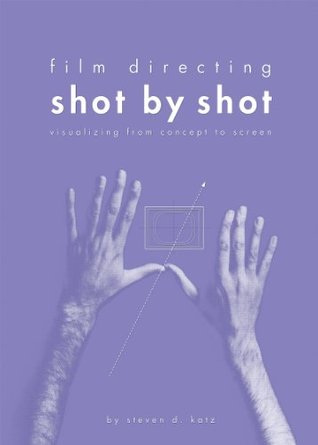Kindle Notes & Highlights
Making ideas visible before they are put in front of the camera is a necessity.
Continuity Sketches and Storyboards: These are the sequential panels that describe the individual compositions of each shot and their order in each scene of a film.
is usually the line of sight between subjects featured in a scene. Once the line is determined, a working space of 180 degrees (the gray semicircle) is established. For any scene or sequence, only camera positions within the established semicircle are permitted. The result is that the screen direction of any shots obtained from one side of the line will be consistent with each other.
1) A subject (car, horse, person, etc.) can cross the line establishing a new one by the direction of his new line of motion. 2) The camera can cross the line either following a subject to a new scene space or merely traveling for graphic variety to a new viewpoint. 3) A new subject can enter the frame and become the dominant line of motion in contrast to the first. This is analogous to the situation in Figure 6.13 when a new character entered the scene establishing a new line of sight.
Since structure in films can be presented in a storyboard in ways that a screenplay cannot convey, the visualization process can be considered part of the writing and, ultimately, the editing process.
Listed below are the three most basic types of connections found in continuity editing: Temporal connections: We cut from a man dropping his drinking glass in one shot to the glass breaking on the floor in the second shot. Spatial connections: We cut from a wide shot of the White House to a recognizable detail of the White House in a closer shot—for example, the portico and front door. Logical connections: We cut from a wide shot of the White House to a shot of the President seated in an office. No temporal or spatial connection is necessary in this combination. If we recognize the White House
...more
Q&A Patterns The simplest question and answer editing pattern requires only two shots—for example, a shot of a person looking offscreen followed by a shot of the object the person is observing.
Context Figure 7.1: Question and answer relationship between shots links them into an overlapping chain. The meaning of any given Q and A pattern can be further extended or modified by changing the context that frames it.
Using the Patterns For me, the main concern for the visualizer is not the pictorial elements of a shot or sequence, but the structure of the sequence—or, to put it another way, what the viewer knows and when. As it turns out, interesting compositional ideas are usually the result of narrative invention rather than daring pictorial experimentation.


